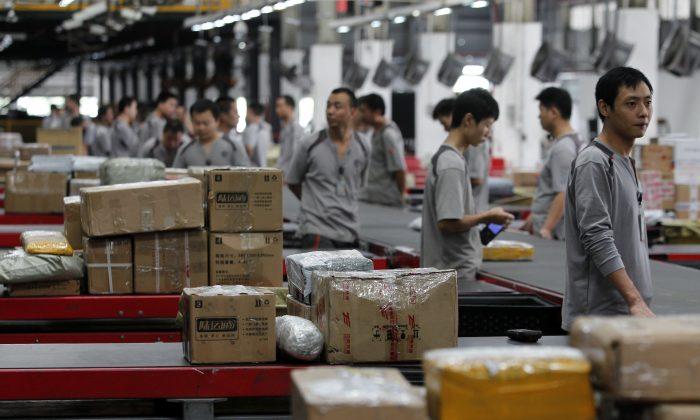News Analysis
China’s working population is declining as its general population is set to peak six years earlier than the official forecast of
2029, according to National Bureau of Statistics (NBS)
data.
The China Academy of Social Sciences published its latest report, “Green Book of Population and Labor,” which forecasts that China’s population would reach 1.44 billion by 2029 and then begin an extended period of “
unstoppable” decline.
But China’s birthrate fell to 10.48 per 1,000 people in 2019 from 10.94 per 1,000 in 2018, the lowest birthrate since the founding of the Chinese Communist Party in 1949. The extraordinary 4.2 percent decline confirms that China’s population will peak by about 2023,
according to Complete Intelligence.
China’s
four-decade expansion to become the second-largest economy in the world was driven by a combination of population and urbanization growth that more than doubled its working-age population—people between the ages of 16 and 59—to a peak of 941 million in 2011. But China’s working-age population has
shrunk in each of the next seven consecutive years to 897 million in 2018, according to NBS.
China’s birth decline is linked to its one-child policy, which encouraged up to 100 million male-preference
sex-selection abortions resulting in a “maternity cliff” of childbearing women—aged 15 to 49—that will fall from 346 million in 2018 to 318 million in 2023.
“China should have stopped the policy 28 years ago. Now, it’s too late,” Yi Fuxian, a senior scientist at the University of Wisconsin and longtime critic of China’s family-planning policies, told
The Guardian in 2019.
He expects that over a third of China’s people will be 60 or older by 2050, dramatically increasing the Communist Party’s burden to fund guaranteed health care and pension benefits.
George Friedman’s visionary 2009 book, “
The Next 100 Years,“ forecast that by the 2020s, a combination of U.S. trade sanctions and a working-age population boom turning to bust would “intensify” into a historic Chinese economic and national power crisis.
Friedman pointed out that children as young as 6 in a rural farm community can start economically contributing to family income by performing simple agricultural and workshop labor tasks. The larger the number of rural family children, the greater the family income and the higher the parental confidence of being taken care of in old age.
But with China on the path toward maturity as a 65 percent urbanized industrial society, Friedman forecast that the perceived economic value of having children for family income would evaporate as urban parents would be forced to subsidize children into their mid-20s.
Friedman predicted that as China’s working-age population contracts “during the transitional period before the older generations die off,” a relatively small number of workers will have to support “a very large group of retirees with expanding life expectancies.” In addition, “debts incurred by the older generation would be left to the smaller, younger generation to pay off.” Friedman warned that a contracting population would also shrink China’s ability to fund and deploy a large and competitive military.
Friedman’s
Geopolitical Futures’ Forecast for 2020 predicts that China “will struggle to maintain economic stability” and that “neither resolution of the trade war nor financial reforms will restore China’s economic power.” To distract from recession and a weakening banking system, Friedman expects China to increase internal repression of elites and externally become more militarily assertive in the South and East China seas.






Friends Read Free